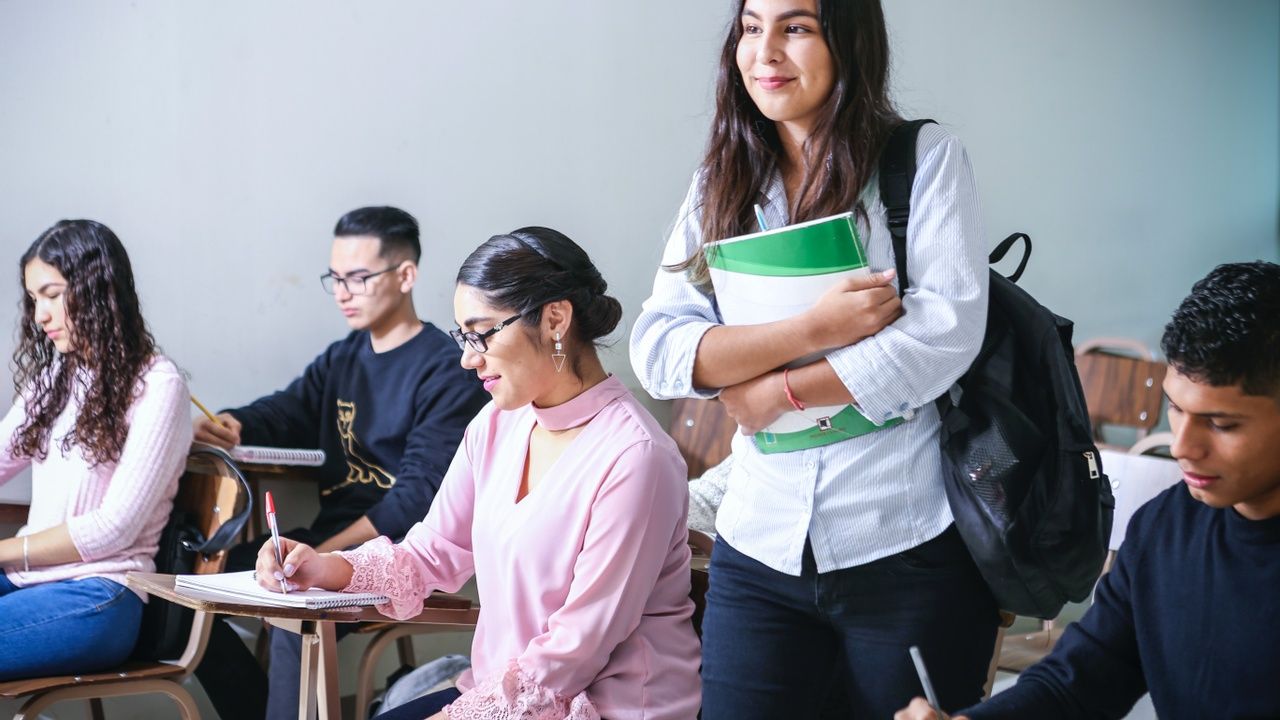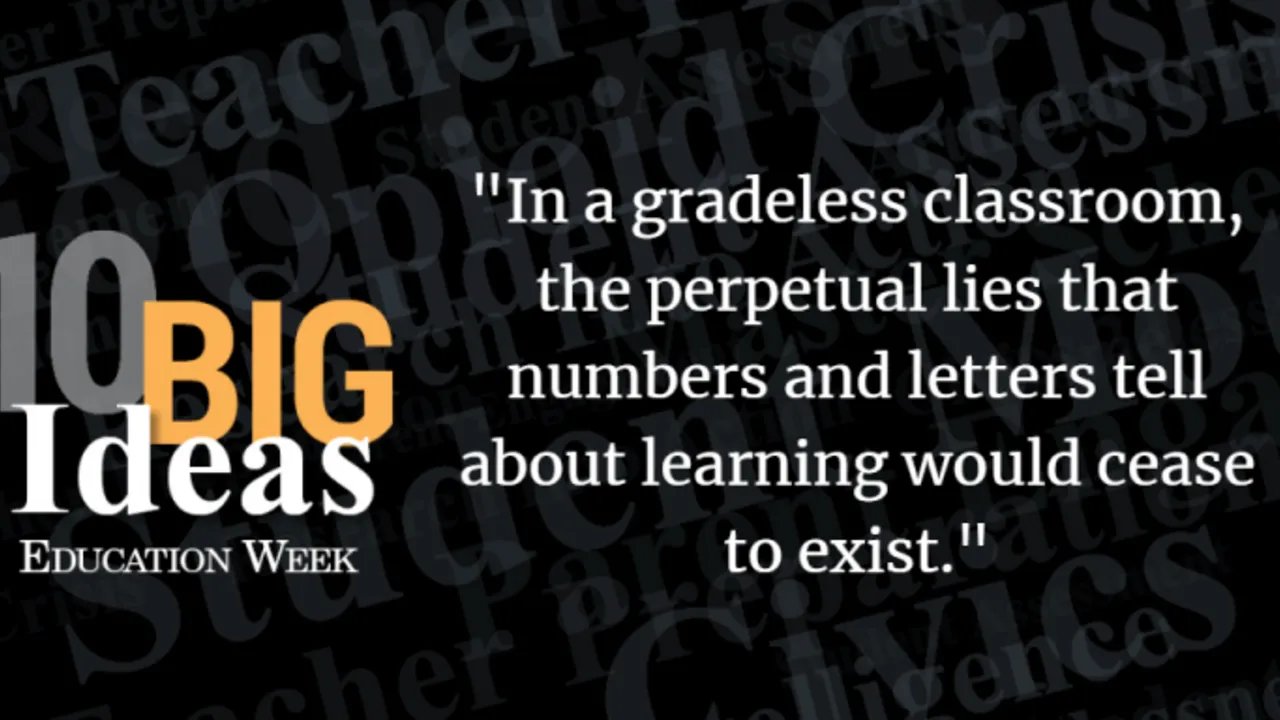Why Every School Needs a Lifeguard Team (and How to Build One)
May 07, 2025
In schools across the country, students are quietly drowning—overwhelmed by academic gaps, social-emotional challenges, and the residual effects of pandemic-era learning loss. According to the National Center for Education Statistics, over half of U.S. students started the school year behind grade level in at least one subject. Yet too often, these students are expected to just “catch up” on their own.
What if, instead of waiting for them to sink, we had a team ready to jump in?
The Lifeguard Model: A New Way to Save Students
Inspired by the frontline protectors we see at pools and beaches, the Learning Lifeguard model reframes academic support as a proactive, team-based intervention system. At its core is one simple but powerful idea: every student deserves an adult advocate.
Assembling a team of academic “lifeguards” in your school means identifying caring adults who are willing to monitor, mentor, and support students who are struggling—not just academically, but holistically.
What Lifeguards Do (and Don’t Do)
The best learning lifeguards:
-
Build authentic one-on-one relationships with students
-
Offer tailored support and encouragement
-
Monitor progress, track data, and adjust strategies
-
Bring energy, integrity, and high expectations to the role
But they’re not miracle workers, and they’re not substitutes for teachers or intervention specialists. Instead, they’re layered support—another adult in the building who notices when a student is slipping and takes action to pull them back into the learning community.
The Team: It Takes a Village
A successful lifeguard team isn’t just a group of teachers. It includes:
-
Classroom Teachers: The primary lifeguards who build rapport and deliver core instruction.
-
Grade-Level or Department Lifeguards: Staff who know the academic landscape and check in daily with identified students.
-
Personal Lifeguards: Adults assigned to support students who are disconnected, defiant, or at risk of dropping out.
-
Virtual Lifeguards: Staff who provide before/after school support via Zoom or other platforms.
-
Emergency Lifeguards: Staff paired with students in crisis—those for whom nothing else is working.
Even custodians, secretaries, and bus drivers can be lifeguards in their own way—offering positive interactions that brighten a student’s day and reinforce a sense of belonging.
"If you believe in the power of second chances, relationship-based learning, and the potential inside every child, it’s time to grab your whistle and step into the water.
How to Build Your Lifeguard Team
Ready to dive in? Here’s a simplified roadmap for building a lifeguard initiative at your school:
-
Define the Vision
Start small: Do you want to boost attendance? Improve grades? Build belonging? Clarifying your “why” will shape your lifeguard program’s structure. -
Identify and Train Lifeguards
Look for staff with strong relational skills. Provide training on confidentiality, effective communication, goal-setting, and how to track student progress. -
Match Students Thoughtfully
Use data (grades, attendance, referrals) and staff insight to match students to lifeguards who can connect with them personally and academically. -
Create a Lifeguard Advisory Board
Bring together respected staff to guide the program, troubleshoot, and champion its growth. -
Celebrate Successes
Share stories. Track data. Show what’s working. This builds momentum and keeps staff invested.
When It Works
One school featured in Learning Lifeguards saw powerful results after forming its team. Teachers and students reported stronger relationships, higher motivation, and measurable gains in academic performance. Within a few years, the school even shed its “school improvement” status, thanks in part to its lifeguard initiative .
Final Word
Too many students are treading water, trying to keep up without a life vest in sight. But when a school commits to building a lifeguard team—one adult per struggling student—the tides change. Every connection becomes a lifeline.
If you believe in the power of second chances, relationship-based learning, and the potential inside every child, it’s time to grab your whistle and step into the water.
Resources
Some content in this post is excerpted from Learning Lifeguards, with permission.






